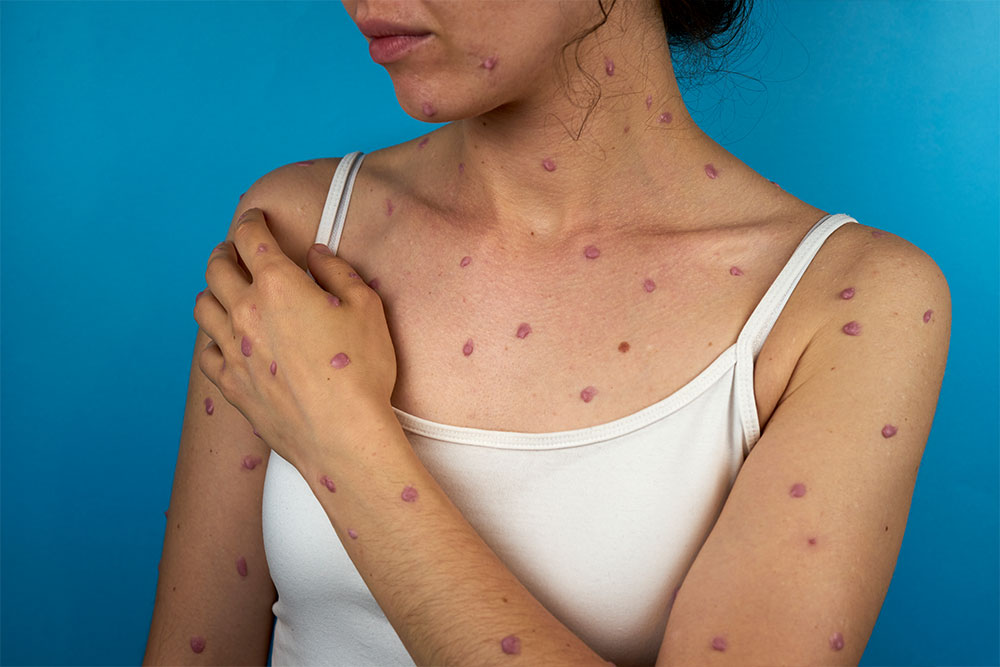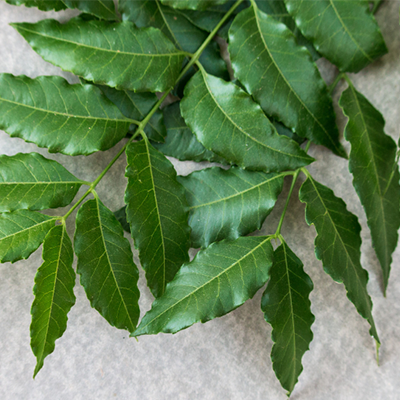- +033 2572 7171
- info@dhanvantary.com

4.5 Rating | 4500 Review

4.5 Rating | 4500 Review
Monkeypox, now termed mpox, is a viral disease caused by the monkeypox virus, a member of the orthopoxvirus genus. Historically, it is endemic to regions in Central and West Africa, but since 2022, it has spread globally to over 120 countries, including areas without prior cases. It is primarily zoonotic (spread from animals to humans), with transmission occurring through direct contact with infected animals, people, or contaminated surfaces.

The global outbreak since May 2022 has made mpox is a public health concern. While it initially spread in African countries, many cases are now reported in non-endemic regions, often linked to close or intimate human-to-human contact. Public health authorities have raised awareness and emphasized vaccination for high-risk populations. Recent updates include new vaccine developments and increased surveillance to contain the disease.
Symptoms usually appear within 1–21 days of exposure and may last 2–4 weeks. Severe cases can lead to complications like secondary infections, sepsis, or scarring.
As of late 2024, cases have decreased globally due to effective vaccination campaigns and public health measures. The LC16m8 vaccine has been added to emergency use listings.
Mpox symptoms align with Visarpa (conditions with skin lesions and systemic involvement) and Sannipataja Jwara (fevers due to imbalances in all three doshas). The primary focus is balancing doshas, detoxifying the body, and supporting immunity.
Detoxification: Panchakarma therapies like Virechana (purgation) and Rakta Mokshana (bloodletting).

To boost immunity.

For antiviral and skin-healing properties.

For detoxification and anti-inflammatory effects.
Using Ayurvedic formulations like Dashanga Lepa for external applications to prevent secondary infections.
Note: Mpox is a serious illness, and Ayurvedic treatments should complement, not replace, modern medical care. Always consult a healthcare provider for proper management.
